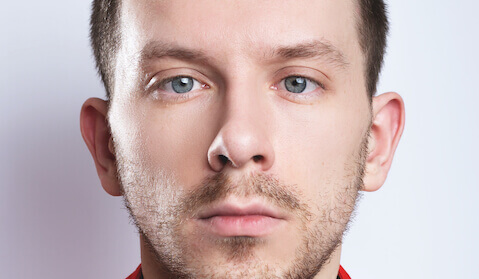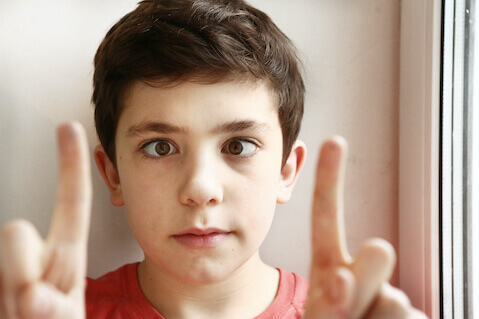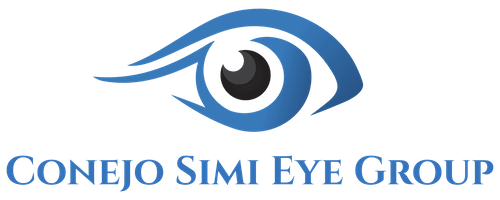
What Is Strabismus?
Strabismus, or crossed eyes, is the term for when a person cannot align both eyes on an object at the same time. The condition occurs in about 5% of children, and many adults suffer from it as well. Strabismus can be congenital (present from birth) or acquired from an eye injury, diabetes, stroke, and other conditions.
Strabismus may manifest at first as double vision. If left untreated, it can lead to visual impairment, loss of binocular vision, and blindness in the weaker eye. For children, early treatment is best, preferably before the age of six.
Older patients can be helped as well; it’s never too late to seek treatment. Strabismus treatment often includes prescribing glasses and exercising the eye muscles.
Adult Strabismus Surgery
Strabismus, or crossed eyes, can cause visual impairment, loss of binocular vision, and blindness in the weaker eye. Surgery can correct problems before vision is lost or prevent further deterioration from occurring.
Pediatric Strabismus Surgery

Approximately 5% of all infants are born with blockages of the nasolacrimal ducts in one or both eyes. These ducts are responsible for draining tears out of the eyes.
When they become blocked, the eye tears constantly with discharge. Most of these obstructions clear spontaneously in the first six months of life. However, some of these obstructions persist, requiring surgical probing and dilation of the ducts to open them. To ensure the best results with the least chance of complications, these procedures are usually performed before the age of one year.
Congenital Ptosis
Babies can also be born with drooping of one or both eyelids. This condition is known as congenital ptosis. This problem is corrected with surgery on the eyelid(s) to raise it up to an appropriate level. The timing of surgery depends on the severity of ptosis, with more severe cases requiring earlier intervention.
Chalazion
Children often develop infected cysts in the eyelids, known as a chalazion. This problem occurs because of the blockage of tear glands in the eyelids that produce the oily component of tears (Meibomian glands). The blocked glands can become infected and inflamed, forming large cysts in the eyelids. Early treatment with hot compresses and antibiotics is often helpful in clearing the problem. Surgery to excise these cysts is sometimes needed if conservative treatment fails.


